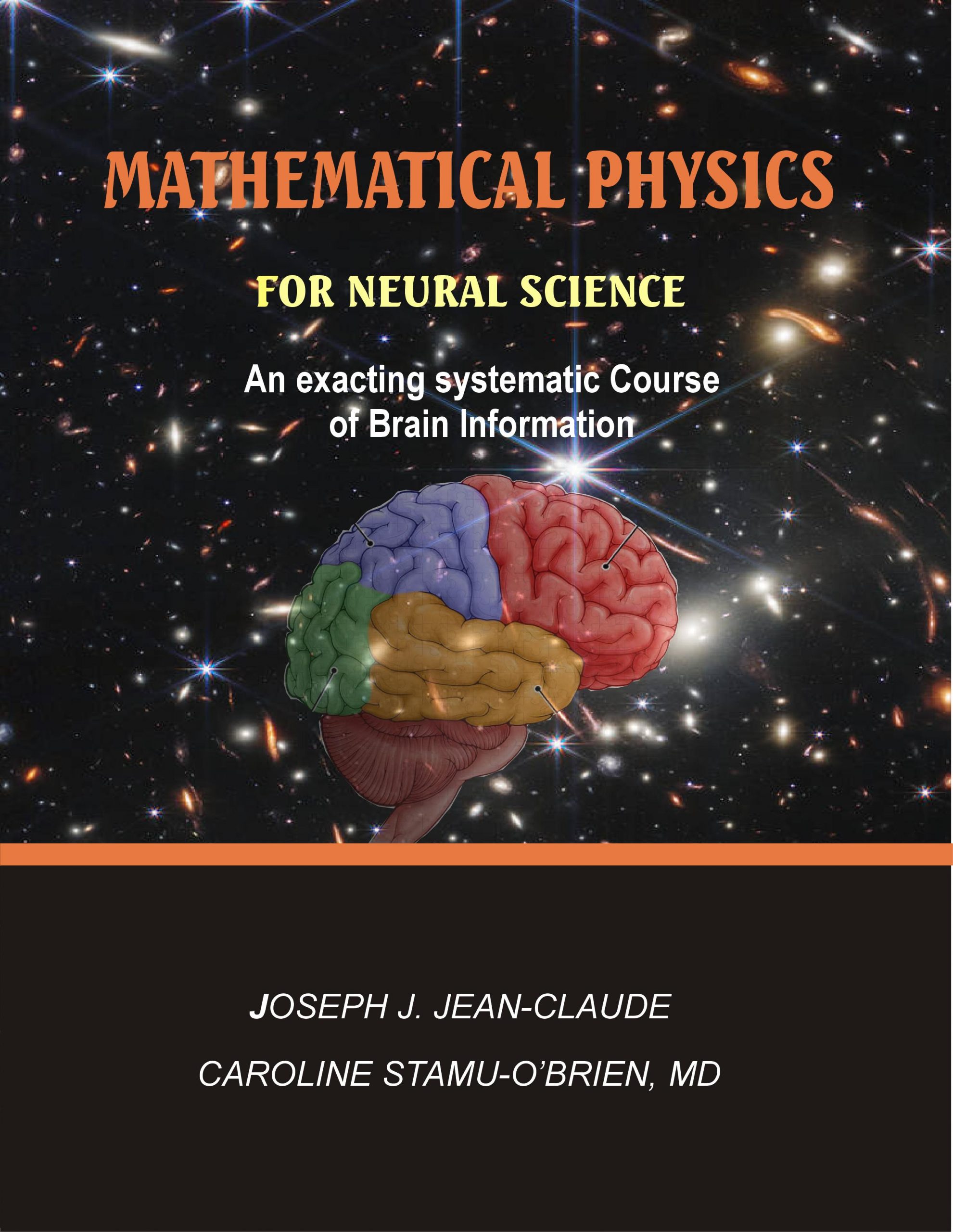Courses
-

Mathematical Physics for Neural Science
This course offers introductory training in a form of precision and stringent representation of the organization of the central nervous system as relates to neural circuits and networks, mentation and behavioral information processing therein. The study is all based on strict yet easy-grappling mathematical-physics categories. Intended for the neuroscientist, psychiatrist, psychologist and anyone else with…
Mathematical Physics for Neural Science
Objective
The objective of this course is to introduce the mathematical physical foundations of the organization of the central nervous system in a way that makes its many intractable aspects intelligible to most neuroscientists, psychiatrists, and psychologists with a neuroscience background. If you are interested in applying precision psychotherapy in clinical settings or fundamental research similar to RDoC, a clear understanding of mathematical physics constructs as applied to the organization and electrophysiological dynamics of the brain is indispensable.
At the end of this course, you will become proficient in the following:
- Theory of Binary number system and electronic circuit logic
- Understanding the underlying information processing mechanisms of the nervous system
- Theory of brain organization by comparing neural circuits with electronic circuits
- Applying mathematical Symmetry and Isomorphisms to the interpretation of neural topology
- Visualizing how the central nervous system’s circuits kinematically implement behavior
- Representing the reason for somatotopic organization of the central nervous system in mathematical physics terms.
- Representing the reason of the manifolding geometry of the neocortex in mathematical physics terms
- Describing the mathematical metric dimension of the dichotomy between Brain and Mental Body and how they correlate
You must have at least an undergraduate level of education in any field of Mental Science for this course to be profitable. Basics of neural science are not explained in this text but assumed part of the student’s background. Some level of Biology 101 is a plus in terms of pre-requisites.
Method
Special emphasis on coherent and intelligible explication of mathematical constructs that makes them readily accessible to good sense. No mystifying math whose code presentation is kept at a minimum.
If you should prefer a delivery in spoken language, please turn on the voice lecturer.
Evaluation
A list of 22 questions and problems is provided at the end of the text for the student to juggle his/her understanding of the study material.
